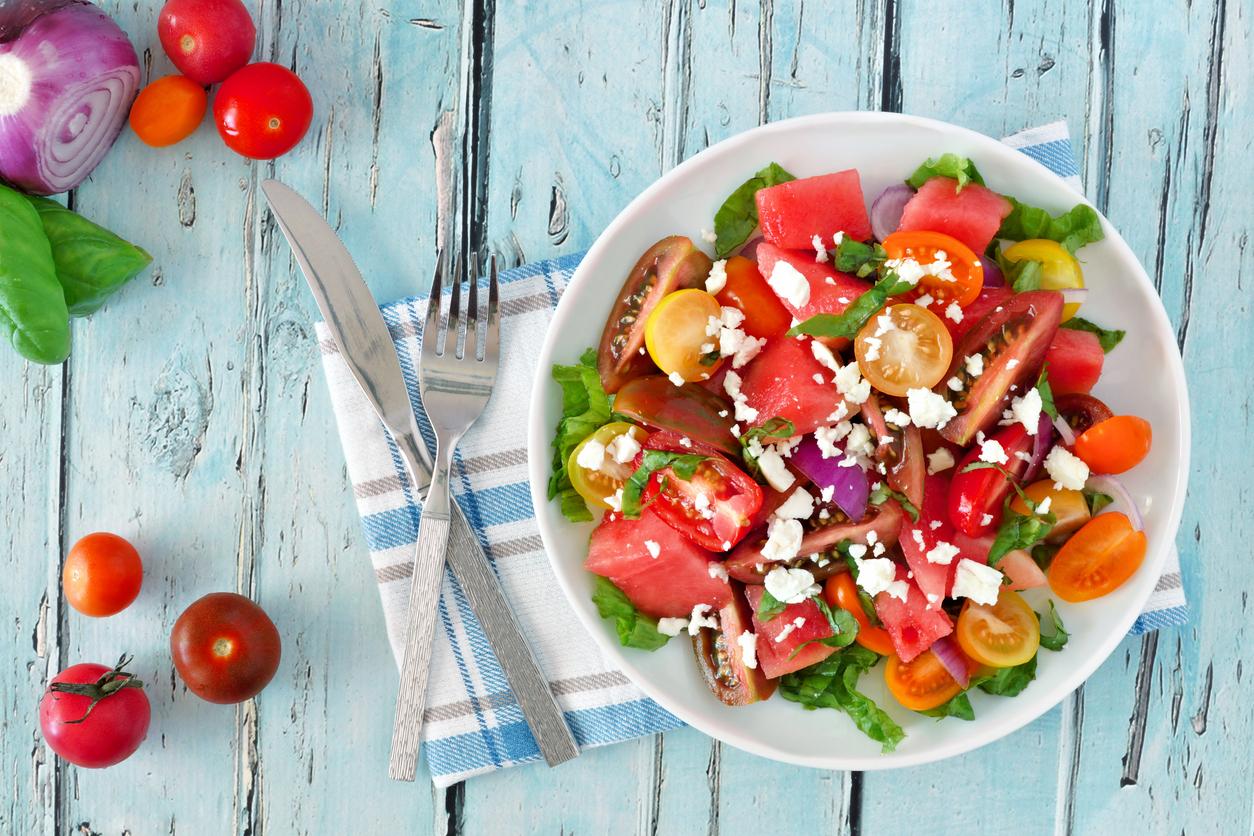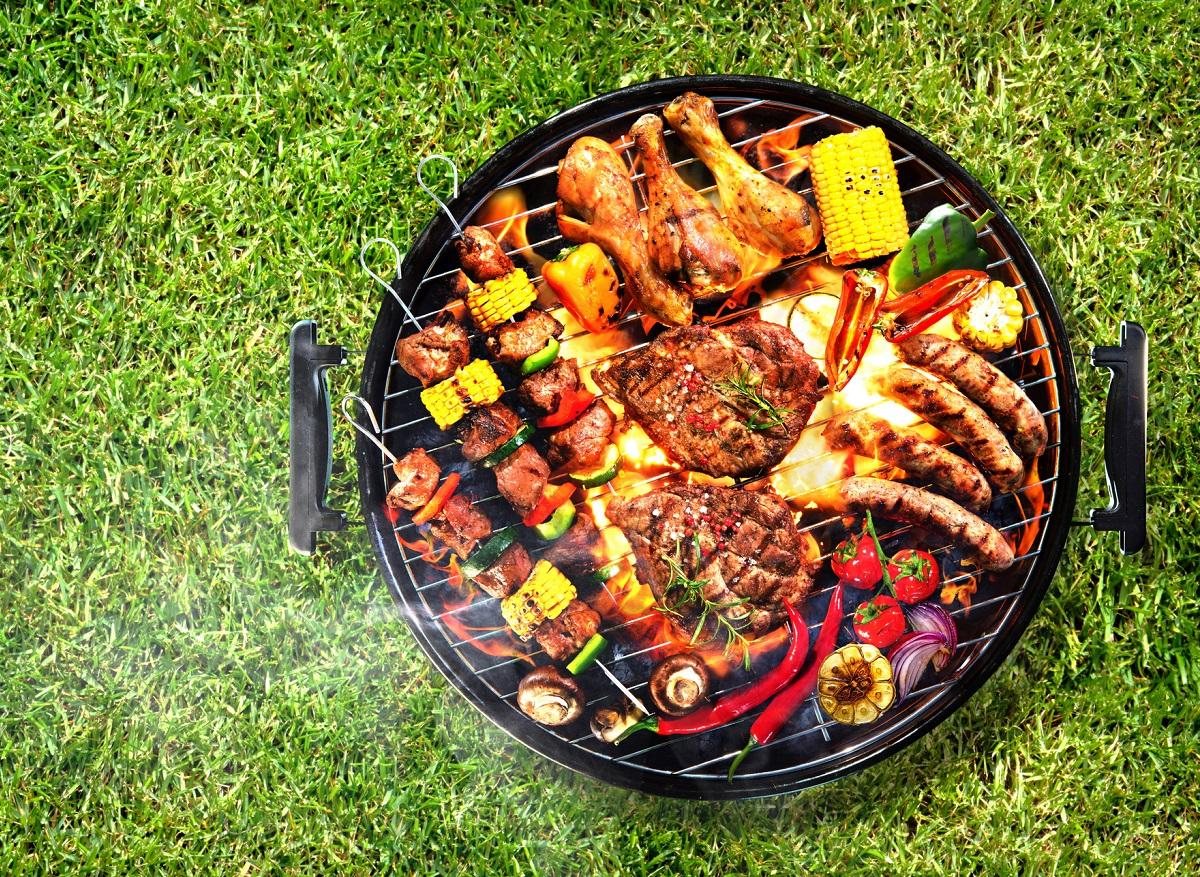
So it is with the black edges
With the increasing popularity of grilling on the barbecue, vegetables are also grilled more and more. Is that healthy?
You can cook many different products on a barbecue. Whether it’s a sausage, a whole chicken, a pizza or a loaf of bread. It’s possible. So also vegetables. Because the heat of a barbecue is so high that it really gets cooked. The glowing charcoal mass gives off heat. That radiant heat raises the temperature on the outside and then the inside of a product. This makes the food brown and overcooked. It works the same way with vegetables. Due to the high temperature, taste changes also occur in the vegetables. Vegetables contain natural sugars that caramelize when heated and that tastes great: complex and deliciously sweet.
Is it healthy?
Eating vegetables is always healthy. The more vegetables you eat, the healthier you are. And a barbecue with vegetables is by definition a much healthier meal than a barbecue meal that only consists of meat, sauces and bread. The advantage of grilling vegetables over cooking vegetables is that the vegetables retain more vitamins. Cooking in water always leads to vitamin loss because many vitamins from vegetables dissolve in water. That does not happen with grilling. And the black edges that arise? Unlike with black edges on meat, you don’t necessarily have to cut them away. The charred bits may not be very tasty, but they are not bad for your health. It is the carbohydrates in vegetables that burn (vegetables contain hardly any protein and almost never fat). Those burned carbohydrates are not harmful. You can compare that burnt edge of vegetables to norit, which is made from charred plants. Very different from the burnt edge of meat, these are burnt proteins and they are harmful to health: they have carcinogenic properties. Conclusion: vegetables are healthy, even when they come from the barbecue.
How it works
If you’re a vegetable grill starter, start with bell peppers or firm beef tomatoes. Cut them into pieces or slices, brush them with some oil and place them on the hot metal grid. It immediately starts to smell nice. Brown stripes appear where the vegetable makes contact with the grid, because the grid gives off extra heat. If your barbecue has a lid, cover the barbecue so that the vegetables cook more evenly. You can also place the vegetables in a (disposable) barbecue dish and heat them. The stripes are missing. After about 15 minutes, the vegetables are nicely roasted, turn or toss halfway through. When your vegetables are cooked enough, place them on a plate or immediately on your plate, sprinkle with some salt and pepper and serve. Delicious on its own, but also delicious with a dressing. You can prepare a lot of vegetables this way. Zucchini, vegetable asparagus, aubergines, onion wedges, celeriac slices, cauliflower pieces, broccoli slices. Actually, any kind of vegetable is possible. Even vegetables that need a little longer, such as beets, carrots or sweet potatoes. Vary the flavors by mixing the vegetables with spices and herbs before grilling. For example, the Moroccan spice mixture ras el hanout is delicious. Or brush the vegetables with garlic oil and sprinkle with crushed dried peppers, Italian herbs or rosemary.
Tips for grilling vegetables
- Make sure the vegetables are dry before you put them on the barbecue. Of course you have to wash your vegetables first, but do pat them dry with, for example, kitchen paper. Otherwise the vegetables will steam instead of grilling, and you won’t get that nice special taste.
- Cut all vegetables into equally thick pieces. If you want to cook everything at the same time, it is important that one piece is not thicker than the other.
- Brush the vegetables with oil. The oil prevents the vegetables from turning black quickly.
- Precook vegetables with a long preparation time (if necessary) by pre-cooking them for about 10 minutes. Think of corn on the cob, beets and (sweet) potatoes.

















